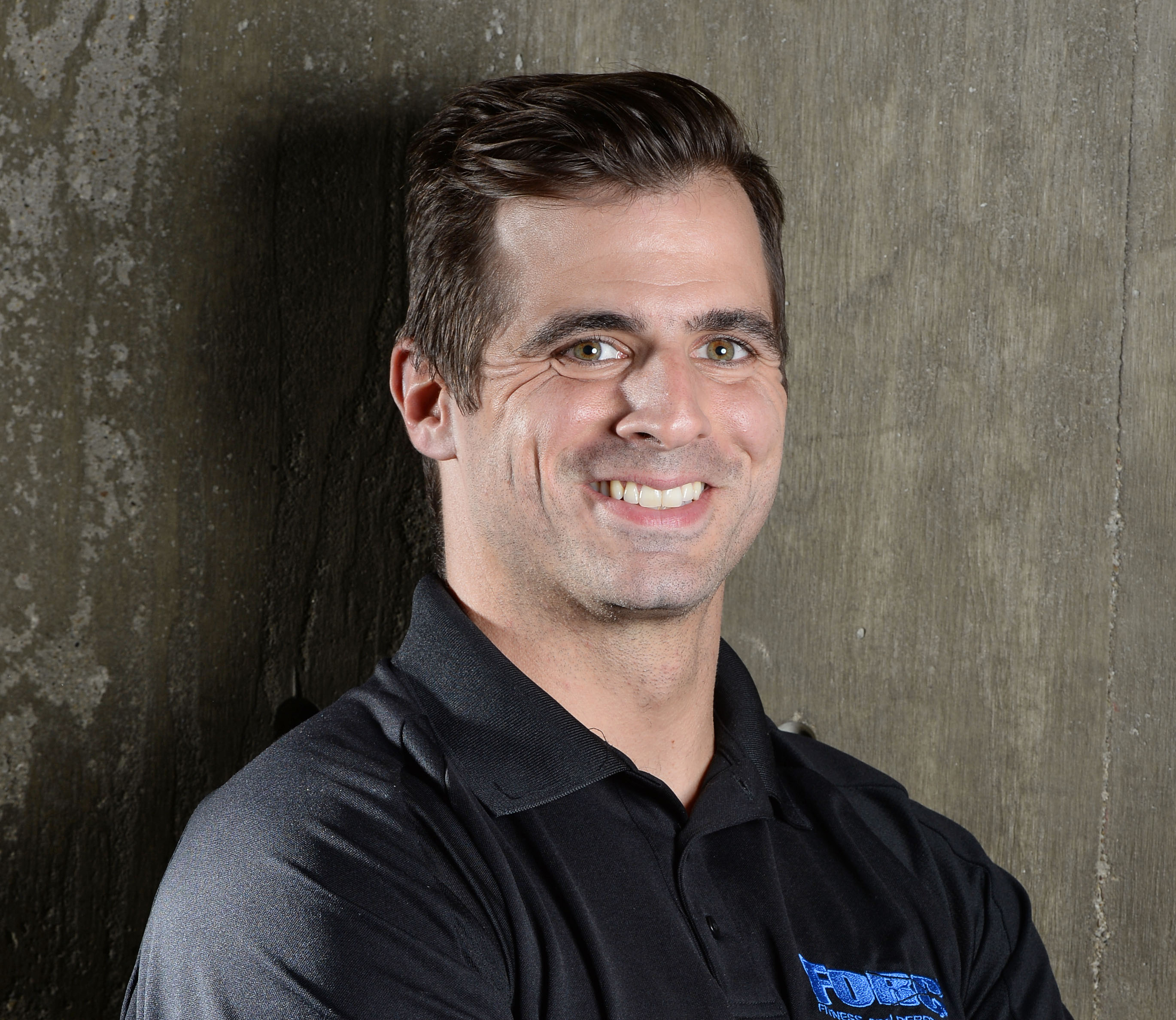Training On One Leg Is Better Than Two
Sports Performance | Strength & ConditioningABOUT THE AUTHOR

Wil Fleming
Wil Fleming is a sports performance coach and weightlifting coach in Bloomington, IN. His expertise comes from years of training and coaching athletes in multiple sports. His athletes are routinely the most explosive, fastest, and strongest on the field. Wil is the owner of Force Fitness and Performance in Bloomington, IN. Force Fitness has been open since 2008. Force boasts an impressive track record of success with 75 + athletes earning Division I scholarships and nearly 200 athletes moving on to compete at the NCAA level in Division I, II, III. Athletes from professional football, basketball, baseball, soccer and track and field have trained with Wil and his team of coaches at Force Fitness. In addition to being a business owner, Wil has been an author of numerous books and training products for athletes and weightlifters alike including Complete Olympic Lifting Handbook. Wil is the creator of the Certified Weightlifting Performance Coach Course, with over 600 certified coaches around the world, using his teaching progressions. Wil has also contributed to publications like Men’s Health, Women’s Health, and T-Nation. Prior to being a business owner, he was an Olympic Trials participant, an all- American athlete, and the school record holder at Indiana University as a hammer thrower. Wil was a resident athlete at the Olympic Training Center in Colorado Springs for Olympic weightlifting after winning a Jr. National Championship in the same sport. He currently competes in weightlifting competitions periodically, earning 8th place at the 2013 and 2014 National Championships.
At Force Fitness we work to develop all aspects of athleticism with the hundreds of athletes we see each week. Speed, strength, power, reaction, lateral movement, balance, and even injury prevention all go into this equation to create better, more resilient athletes.
While many picture training an athlete as loading a barbell for max lifts like the squat, a heavy back squat really only addresses one of the qualities mentioned above: strength. For this reason, one of our biggest priorities is the development of strength in single leg exercises.
Bilateral strength training is and will remain an important part of any athletic performance program; however, developing well rounded athleticism requires that you prioritize single leg training in your program.
Here are several reasons why.

Your Title Goes Here
Your content goes here. Edit or remove this text inline or in the module Content settings. You can also style every aspect of this content in the module Design settings and even apply custom CSS to this text in the module Advanced settings.
1. Single Leg Training Can Be Done in Multiple Planes
Sports happen in all planes of motion: sagittal, transverse, and frontal. As such, your training should happen in all planes of motion. In the weight room we often train in the sagittal plane too frequently and create athletes that cannot react to and create force in a multiple-plane sport.
Creating and reacting to forces from the three planes of motion is essential to health and injury prevention. Training laterally will also help athletes better direct force into the ground for cutting and change of direction maneuvers.
Below is a video of a dumbbell lunge matrix that can knock out all planes of motion in one set:
2. Single Leg Exercise Can Allow an Athlete to Train with Higher Loads
Think of this scenario: athlete A squats a 400 lbs back squat for three repetitions, while Athlete B does a reverse lunge or RFE split squat with 250 lbs on his back for 3 repetitions per leg.
Athlete A has more absolute load, but athlete B has more load per leg (leading to a total that is actually greater than the bilateral version). This phenomenon is called the bilateral deficit, where athletes are often able to lift less on two legs than doubling the amount lifted on a single leg.
Additionally, the single leg versions are often much more friendly to the athlete’s body. Equating the positional loading (front rack, back rack) of a bilateral and unilateral movement, you will see less compressive forces on the spine due to the lower absolute loads in the single leg variations.
Here are the best variations to load up and work on strength.
RFE Split Squat (KB)
Reverse Lunge (BB)
3. Single Leg Exercise Can Reduce Risk for Injury
By training on a single leg, we are often able to see and quantify imbalances which could lead to injury. Even looking at max reps or strength before technical breakdown in something like a split squat can tell us a lot about strength imbalances from one leg to the next.
One of the best ways to use single leg training for reduction in injury is to do much of your posterior chain training on one leg. Hamstring injuries never happen when on two legs, so preventing them can be done most easily by strengthening one leg at a time.
Here are two of my favorite back side single leg strength exercises.
SLRDL
Single Leg Curl on Ball
Train Like They Play
Are you a better coach after reading this?
More coaches and athletes than ever are reading the TrainHeroic blog, and it’s our mission to support them with useful training & coaching content. If you found this article useful, please take a moment to share it on social media, engage with the author, and link to this article on your own blog or any forums you post on.
Be Your Best,
TrainHeroic Content Team
HEROIC SOCIAL
HEROIC SOCIAL
TRAINING LAB
Access the latest articles, reviews, and case studies from the top strength and conditioning minds in the TH Training Lab


